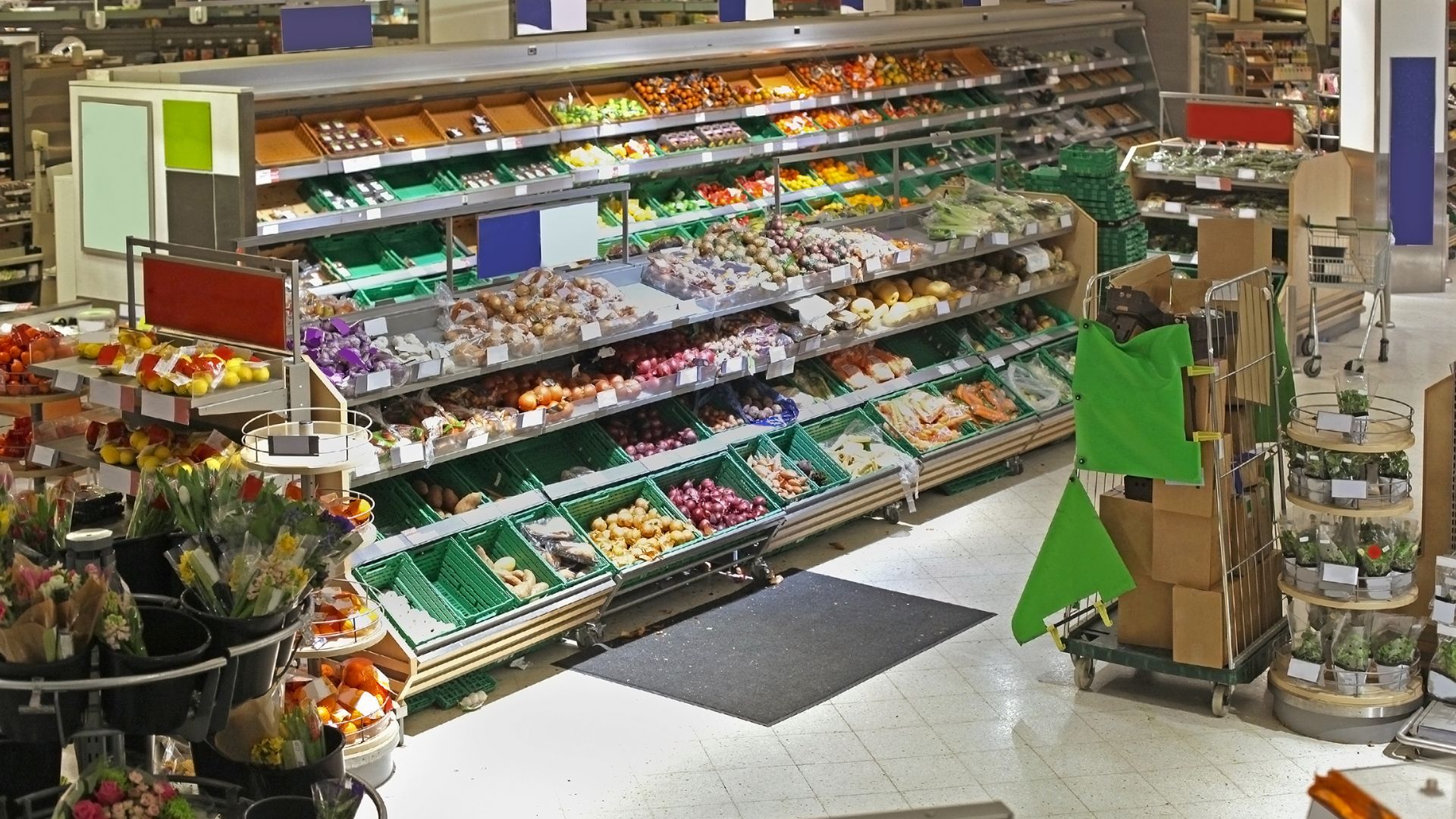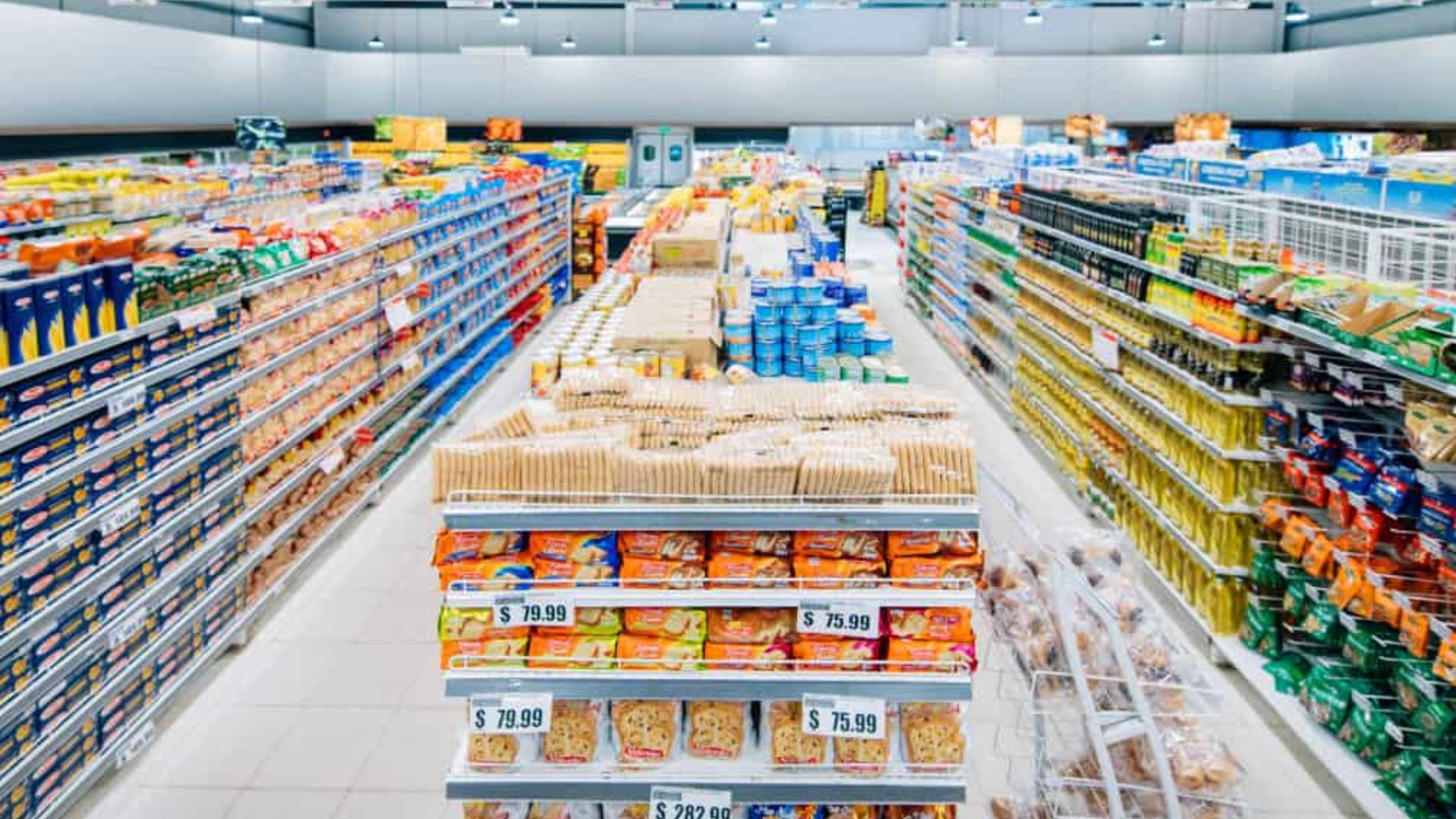Planogram compliance is crucial for optimizing in-store and on-shelf product placement and enhancing the overall retail experience. A well-executed planogram ensures that products are displayed and positioned effectively in an attractive manner, thus increasing sales and improving shopping experience. However, monitoring and ensuring compliance manually at a per-store level can be time-consuming and error-prone. This is where image recognition technology comes into play, offering a more efficient and accurate solution to planogram compliance monitoring. Let’s explore how image recognition is transforming retail strategy and the benefits it brings to the Consumer Packaged Goods (CPG) industry.
What is Planogram Compliance?
Planogram compliance refers to how well a retail store follows the predetermined planogram, which is a visual diagram or model that dictates the placement of products on shelves. It ensures that products are arranged according to specific guidelines, such as category, brand, or promotional displays.

Achieving planogram compliance means that the store layout mirrors the intended plan, ensuring consistency, better space utilization, and improved product visibility. Compliance is crucial for maximizing sales, maintaining brand identity, and providing customers with a cohesive shopping experience across different locations.
Now that we understand what planogram compliance is, let’s explore why it plays such a pivotal role in an effective retail strategy.
Importance of Planogram Compliance in Retail Strategy
Planogram compliance involves adhering to predefined layouts that guide product placement on retail shelves. Ensuring compliance is key to maximizing retail efficiency and sales, as it influences customer behavior and product visibility. Despite its importance, the average retail compliance for a planogram is approximately 60%, and when full execution of a planogram is achieved, compliance tends to decrease by 10% each week due to factors such as inventory shortages or new product introductions. This highlights a significant opportunity for optimization.
- Ensures Efficient Stocking and Reduces Shortages: A properly implemented planogram ensures that shelves are stocked properly, reducing the chances of out-of-stock situations and lost sales. Efficient product placement guarantees that customers can find what they need, minimizing stock gaps and enhancing the overall shopping experience.
- Maximizes Sales and Guides Customers Effectively: Well-organized shelves encourage customers to navigate through the store more easily. Strategic item arrangement according to a planogram helps guide customers toward high-margin products, ultimately driving sales.
- Enhances Visual Appeal and Attracts Shoppers: A visually appealing shelf arrangement can attract shoppers and improve their perception of the brand. Consistent planogram execution across stores builds brand loyalty by ensuring customers have a reliable shopping experience.
- Optimizes Sales Through Strategic Item Arrangement: Placing products in the most visible and accessible locations can significantly boost sales. Optimized planogram layouts ensure that promotional products or high-demand items are given prime shelf space, increasing their chances of being noticed and purchased.
- Highlights Product Uniqueness and Quality: Properly executed planograms can highlight product features, making them stand out on the shelves. For example, a brand can use premium shelf space to emphasize unique product attributes that appeal to target customers.
While the advantages of effective planogram compliance are clear, businesses often face significant hurdles in maintaining it through traditional methods.
Planogram Compliance Checklist
Ensuring planogram compliance requires a systematic approach, and a detailed checklist can help retailers maintain high standards consistently. Below are the key questions to include in a comprehensive planogram compliance checklist. Use the following list of questions to evaluate the effectiveness of product placements and ensure that your shelves are always aligned with the intended layout.
- Are the shelves clean and free from dust or debris?
Clean shelves not only maintain the visual appeal but also create a hygienic shopping environment.
- Are shelves neatly organized based on product type or category?
Proper categorization ensures that customers can easily find what they’re looking for, improving their shopping experience.
- Are products placed in the order demonstrated in the planogram?
This ensures that each product has its designated position, maintaining the consistency of the shelf layout.
- Is the correct number of facings allocated to each product?
Verifying the number of facings prevents overcrowding or understocking, helping optimize product visibility.
- Are promotional items displayed as per the planogram?
Proper placement of promotional items can influence customer buying behavior and drive additional sales.
- Are products arranged with the labels facing outward for easy visibility?
Label visibility ensures customers can quickly identify the products, reducing the chances of them leaving without purchasing.
- Is there a sufficient stock of high-demand products in prime positions?
Keeping popular items in prime shelf positions helps attract customers and maximize sales.
- Are the shelves free from out-of-stock gaps or empty spaces?
Empty spaces on shelves can negatively impact sales and customer perception of the store’s efficiency.
- Is there consistency in shelf arrangement across different stores or branches?
Uniformity in product placement ensures brand consistency and a reliable shopping experience for customers.
- Are any expired or damaged products removed and replaced promptly?
Removing expired or damaged products maintains the quality of the store’s offerings and prevents loss of customer trust.
Retailers can achieve planogram compliance monitoring by using this checklist effectively and ensuring that shelves are always stocked and organized according to the predetermined layout. However, maintaining compliance through traditional methods poses several challenges that can hinder efficiency and accuracy. Let’s explore these challenges and how image recognition technology offers a solution.
Traditional Monitoring Methods of Planogram Compliance Challenges vs. Benefits of Image Recognition and AI
Traditional monitoring of planogram compliance often relies on manual processes including manual inspection of retail shelves, which are not only time-consuming but also susceptible to errors. According to the ISI Sharegroup, non-compliance can cost approximately 1% of gross product sales, amounting to a staggering $10 billion to $15 billion in lost sales across the food, drug, and mass merchandising channels. Despite this significant impact, fewer than 60% of retailers have a reliable way to measure planogram compliance. To overcome these challenges, many businesses are turning to image recognition and AI technology, which offers a more efficient and accurate solution. The table below outlines the key challenges of traditional planogram compliance and how image recognition addresses these pain points.
Understanding these challenges highlights the need for innovative solutions, which is where the benefits of image recognition technology come into play.
.png)
To effectively address these challenges, it’s essential to explore the key features of image recognition software that empower retailers in their compliance efforts.
Key Features of Image Recognition Software
As retailers increasingly adopt image recognition technology for planogram compliance, several key features stand out that enhance monitoring efficiency and accuracy. These advanced capabilities not only automate compliance checks but also provide valuable insights such as On-Shelf Availability, Share of Shelf and more, and thus enabling CPG brands and retailers to make informed decisions swiftly. By leveraging these features, businesses can optimize their operations and ensure that their planograms are executed flawlessly across all locations.
- Automated auditing of retail shelves and planogram compliance: This feature streamlines the process of checking product placement against the intended layout, minimizing human error and ensuring consistency across all store locations.
- AI-Assisted Intelligent Photo Capture: AI-powered cameras can capture and analyze images with high accuracy, ensuring that product placements are always compliant.
- Real-Time Data Access to SKU-Level Conditions: Instant access to SKU-level data allows businesses to monitor stock levels, product placement, and planogram compliance in real-time.
- Actionable Insights and Compliance Tracking: Image recognition provides actionable insights, allowing retailers to track compliance and make necessary adjustments quickly.
- Competitive Intelligence on Assortments: The technology can also provide insights into competitor product assortments, helping retailers make informed decisions about their product placements.
- Offline Capability for Store Audits: Many image recognition tools offer offline capabilities, enabling store audits even in areas with poor connectivity, and ensuring continuous compliance monitoring.
Explore more: Achieve 100% Planogram Compliance with Image Recognition & AI
Implementing image recognition for planogram compliance requires a structured approach. Let’s explore how businesses can effectively deploy this technology.
Analyzing Planogram Compliance Results
With the implementation of image recognition technology analyzing the results is crucial to determine the effectiveness of planogram compliance. This evaluation provides insights into how well the store's actual product placements align with the intended planogram, helping retailers identify areas for improvement. Here are the steps for a thorough evaluation:
- Join JSON Content of Planogram Schema with Analysis Results: Combine the JSON content of the planogram schema with the analysis results obtained from the Product Understanding API. This integration allows for a comprehensive comparison between the expected product placements and the actual shelf arrangement.
- Call the Planogram Matching API: Utilize a Planogram Matching API to facilitate the comparison process. This API will assess the alignment between the captured shelf data and the predefined planogram, identifying discrepancies and compliance levels.
- Examine the Response for Detected Products or Gaps: Analyze the response from the Planogram Matching API to determine the detected products and any gaps in compliance. This examination provides valuable insights into areas where products may be misallocated or missing, enabling retailers to take corrective action and enhance overall planogram adherence.
As CPGs and retailers look to optimize their planogram compliance processes, examining real-world applications of image recognition technology can offer valuable insights into best practices and successful implementations.
Case Study: Shelfwatch by ParallelDots
An example of effective image recognition technology is ParallelDots' ShelfWatch. ShelfWatch provides advanced shelf analytics, leveraging AI to automate retail audits and ensure planogram compliance. We deployed ShelfWatch for a large leading packaged food brand across India and South-East Asian markets. The brand now benefits from real-time, actionable insights that enhance product placement, improve stock levels, and drive operational excellence.
Also read: How CPGs Can Achieve 100% Planogram Compliance in Retail Stores
Conclusion
Incorporating image recognition into planogram compliance monitoring is crucial for retailers aiming to enhance operational efficiency, boost sales, and improve the customer experience. Tools like ParallelDots’ ShelfWatch streamline this process, offering real-time insights and automating audits, saving both time and resources. By leveraging these technologies, businesses can stay ahead in the competitive retail landscape.
Ready to revolutionize your planogram compliance? Book a demo with ParallelDots today to explore how our innovative solutions can enhance your retail strategy.


